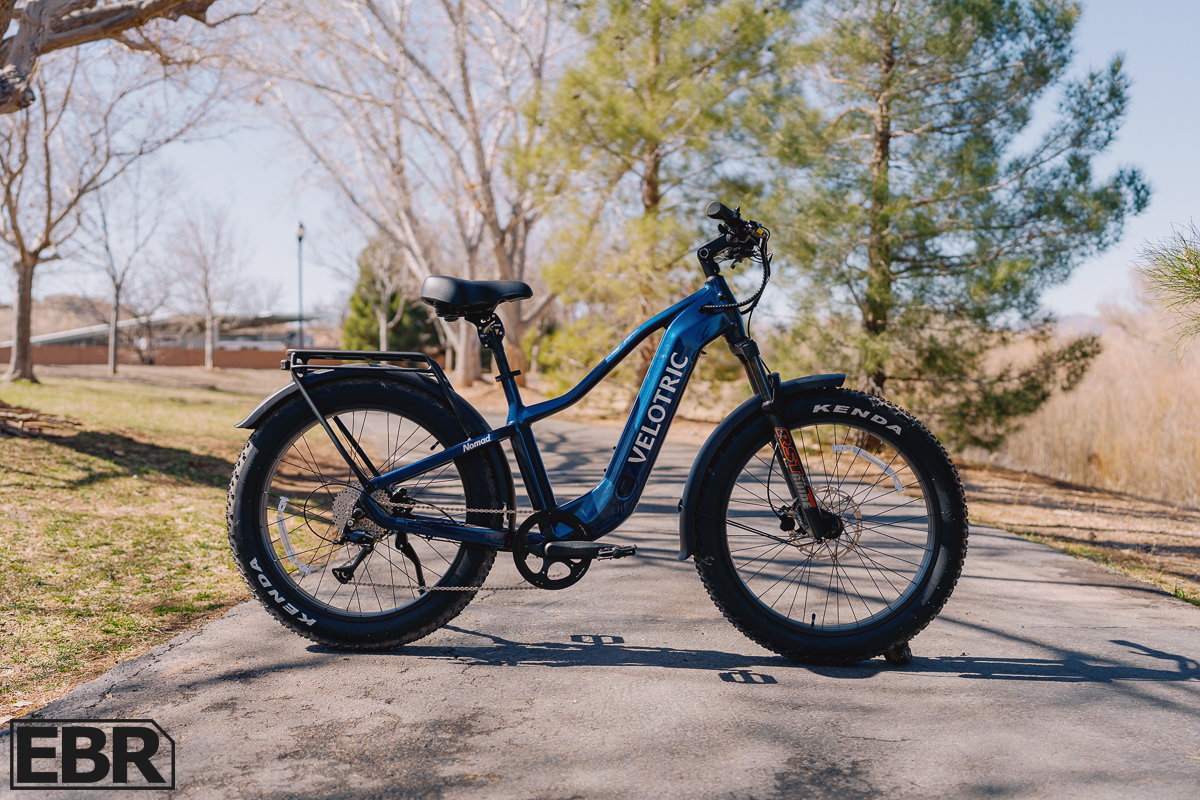The fad that's been around since 2005, when Surly introduced the Pugsley and setting into motion every major manufacturer building their own fatbike.

I got into fatbikes in 2015, after realizing my new Trek Soho DLX, while looking fine tooling around the local neighborhoods, could never take me off road, especially the deep sugar sand roads of the New Jersey Pine Barrens. I knew that for years, having tried my old Trek 9000, fitted with Michelin Wild Gripper Lite tires in the Pine Barrens and sinking in that sand.
I rode my new
Specialized FatBoy for over 2 years, putting about 4 thousand miles on the bike. Thought nothing of it, riding on my asphalt rides from home and back, 20 miles, 30, 50. Off road on the canal towpaths or Pine Barrens. It's a 4 season, go anywhere, any time bike. You won't set speed records, but the ride feel will be exceptional.
The FatBoy gave way to the full suspended Haibike Full FatSix in the spring of 2017. Some 10,500 miles later, I still remain addicted to the fatbike. Like the FatBoy, I ride it everywhere. Like, a 60 mile round trip, 99% asphalt riding, 3 Sunday's ago. A 46 mile ride on asphalt last week. A 100 mile round trip from home, east to the Atlantic Ocean and back home, last summer. Running in High Power, I can squeeze out near 45 miles on the Yamaha drive system if I shift up and down to meet the road conditions & spin the cranks.
The Full FatSix IS the Yamaha TW200 of the fat ebiking world. It's stability and float in sand or loose dirt conditions cannot be matched by a 2.6 inch mountain tire, let alone a commuter tread. Aired down, it will float on top of sugar sand that will have every other skinny tired bike stalled out and dug down in the sand. In an urban situation, it would be the one true ideal commuter; with today's frost heaved, pot-holed cracked roads, the combination of shocks and low psi gives the best ride feel possible.
5 plus years of experience riding these bikes exclusively helped form my unshakeable opinion.
